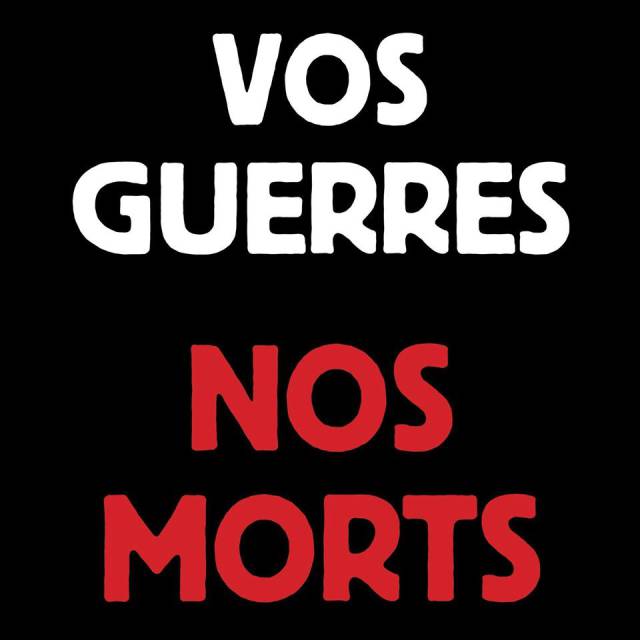Baghdad, Beirut, and Paris
Your Wars, Our Dead
At the end of last week, we witnessed from afar horrific attacks that left scores dead and hundreds wounded in Beirut, Baghdad and Paris. These brutal and unconscionable strikes against civilians have been attributed to members of The Islamic State (ISIS), or Daesh (Da’ish).
Daesh is a loose acronym of the Arabic words that mean the same as ISIS: Al Dawla al-Islamyia fil Iraq wa’al Sham. According to The Guardian, the acronym is now an Arabic word in its own right, with its plural daw’aish meaning “bigots who impose their views on others.” The use of this name for the network of extremists who have been terrorizing people ranging from Yezidis in Northern Iraq to Parisians in the 11th Arrondissement robs them of any religious association. It is also a name that they reportedly hate.
But Daesh did not arise out of a vacuum. As Ben Norton cogently argues in his piece Our Terror Double Standard, we in the West must look to our own imperial state violence, including the disastrous, immoral, and illegal U.S. invasion of Iraq, as having created the chaos that allowed the spread of these “non-state” actors who now threaten indiscriminate violence from the Middle East to Europe.
When we mourn the terrible loss of life in Baghdad, Beirut and Paris, we must also mourn the deaths of those killed by the U.S. attack on a Doctors Without Borders hospital in Kunduz, Afghanistan, and by a Saudi-led coalition missile strike on a Yemeni wedding party, or by a month-long Israeli assault, using U.S. weapons and funded by U.S. tax dollars, on trapped civilians in Gaza. All lives are precious.
In response to the recent wave of violence stocks of leading weapons manufacturers have soared, and the U.S. has just sold another billion dollars worth of weapons to Saudi for their bombing campaign that is terrorizing civilians and destroying the architectural heritage of Yemen. And that is why rather than joining the rallying cries for revenge and more carnage, or the xenophobic and racist calls to bar Syrian refugees from our communities, we must redouble our efforts to put an end to these ruinous wars and occupations. As Mother Jones said, “Pray for the dead and fight like hell for the living.”
Nancy Kricorian
New York City
November 17, 2015


